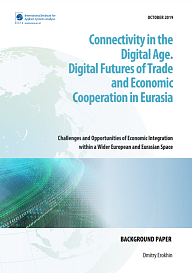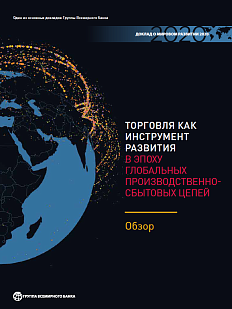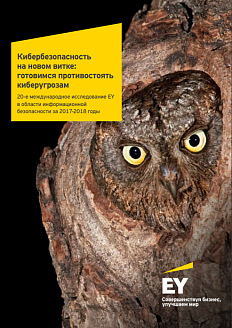Challenges and opportunities of economic integration within a wider European and Eurasian space
This background paper is produced in the framework of the research project «Challenges and Opportunities of Economic Integration within a Wider European and Eurasian Space», coordinated by the International Institute for Applied Systems Analysis (IIASA). The project focuses on plausible futures of economic cooperation in the Greater Eurasian space and interplay between different integration processes in the region. The notion of Greater Eurasia attempts to encompass countries and regions of Europe, Caucasus, Central, North and East Asia, which together constitute a large portion of the global economy, with China, the European Union (EU) and the Eurasian Economic Union (EAEU) being major economic players in the region. Despite currently tensioned EU‐Russia political and economic relations, through this project IIASA successfully facilitates a de‐politicized dialogue between stakeholders across all relevant domains and regions based on solid scientific facts and assessments.
The necessity of new economic policy and regulation for trade and economic cooperation in Eurasia
The authors of the publication acknowledge that traditional approaches to regional economic integration may not be effective in future as digital solutions have the power to connect people and businesses directly and independently from national borders. The present generation of international agreements governing trade and investment flows routinely omits their changing character. Thus, IIASA asserts that it is necessary to formulate new economic policies and new regulation. To design new policies, it is necessary to analyze strategic interests of major players behind their foreign economic policies and programs on technological and digital development as well as compatibility of interests and potential areas of conflict.
Cross‐country/union comparison of the level of digitalization
To compare the overall level of digitalization, different indicators are applied, such as gross domestic spending on R&D, ICT service exports, information and communication technology goods exports, the ICT Development Index (IDI), the Blockchain & Cryptocurrencies Regulation Index, intellectual property statistics, etc.
Digital strategies in Greater Eurasia
Chinese digitalization strategies contain many large‐scale common goals, but fewer concrete steps and indicators to measure success or failure to achieve a particular goal. The aim of the strategies is to make China’s digitalization the leading driver of modernization, promote information reform and create new advantages for international competition. The EU strategies have significantly fewer goals than the Chinese ones, but these goals are formulated more clearly and accompanied by benchmarks. The EAEU 2025 Digital Agenda is meant to facilitate accelerated transition to a new economy, enhance qualitative and sustainable economic growth, create an enabling environment for innovation development, form new industries and markets, update the mechanisms of integration, improve economic efficiency and increase competitiveness.
Prospects for cooperation: preliminary conclusions
IIASA recommends establishing international research teams and expert platforms, forming joint competence centres and think tanks, and engaging in joint development of industry science, joint development of promising areas of the digital economy and their implementation in production. The authors of the paper consider it advisable to formulate clear and common definitions of digital technologies, digital economy and their metrics. Also, they stress the importance of taking cultural traditions into account.
Obviously, finding an optimal and feasible financing is of foremost importance for the success of any digital strategy. Another field of cooperation could be work on convergence of regulatory standards in the digital environment. Finally, IIASA recommends developing cooperation in individual sectors of the economy. The use of digital technologies in cross‐border e‐governance is also considered promising.






